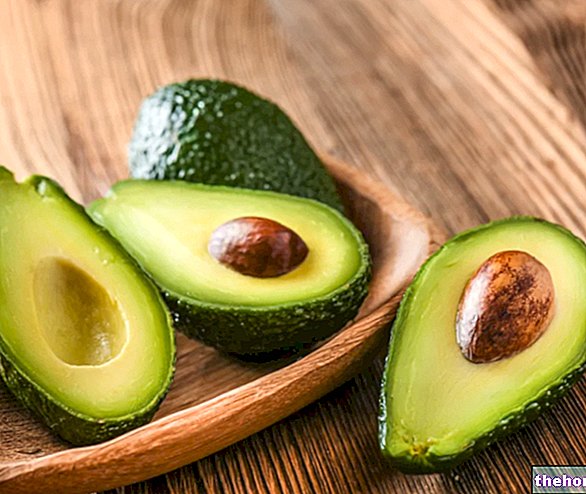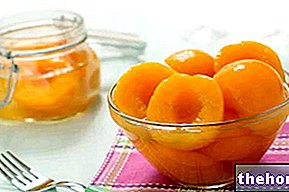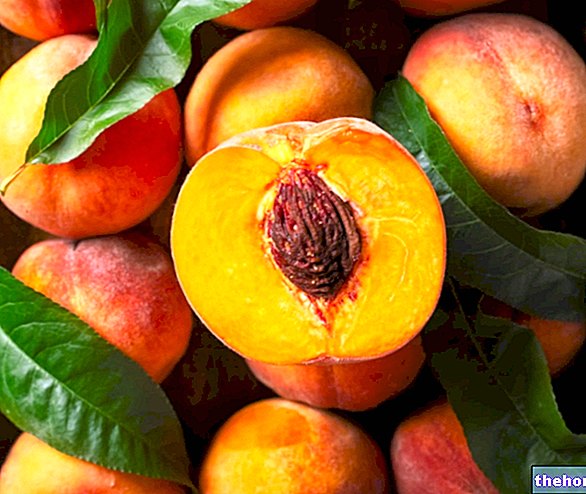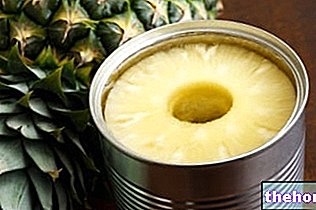Grapes in history
In ancient times, grapes were recommended as a powerful antidote against psychophysical stress associated with anxieties, worries and asthenia, especially effective when grape juice was mixed with sprigs of rosemary. Currently, grapes have been re-evaluated in a positive way: it has been observed that this fruit is a real resource in all respects, whose use ranges from cosmetics to phytotherapy, from food to medicine.

Origin, diffusion and variety
It is possible to see the spontaneous vine in numerous areas of Southern Europe and Western Asia; globally, there are numerous grape varieties, over 8,000, of which about 1,600 are grown in the typically temperate climatic zones. In any case, despite the innumerable varieties, a note of merit undoubtedly belongs to Vitis vinifera, from which all the Italian vines for table grapes and wine grapes derive. Another species worth mentioning is the Vitis labrusca, typically American, grown in Italy - albeit marginally - as a table grape.
Let's focus on the most important species: Vitis vinifera is divided into two large subspecies, V. vinifera subsp. Vinifera (in turn cataloged in numerous cultivars) and V. vinifera subsp. Sylvestris (spontaneous subspecies widespread, even if devoid of agronomic interest).
Botanical description
The grape is the fruit of Vitis vinifera, a fruticosa plant belonging to the Vitaceae family: more precisely, we are talking about a climbing shrub, with a rather irregular natural bearing, with few branches; the branches are greyish or brown, according to the age of the plant. The strength and resistance of the stem and branches is strongly conditioned by the rootstock.
In botanical terms, the leaves of the vine are vine leaves: these are petiolate leaves, presenting an entire, three-lobed or penta-lobed flap (only rarely, the leaves have 7-9 lobes). The development of the leaves is closely linked to the rootstock; the surface of the leaves is generally glabrous, although some of these may have a thin layer of hair, while the margin is irregular and toothed. The leaves are bright green in spring; their color changes from yellow to reddish in autumn, as a consequence of the loss of chlorophyll.
The vine flowers - grouped in panicle inflorescences, at first erect and only subsequently pendulous - are green and small, inconspicuous and are arranged around a rachis branched in lateral axes.
The most interesting element that distinguishes the vine is certainly the fruit: the grape. The grape is a berry with a variable color from straw yellow to greenish, from pink to red, from purple to black, depending on the species considered. from environmental conditions and from sun exposure (it is no coincidence that the vine is said to be a heliophilic plant, which love the sun).
What is commonly called grape skin in botany is the cuticle, hairless, fragile and thin. The grapes, grouped in clusters of varying size (most of the time, have a conical, pyramidal or cylindrical shape), are generally rounded or elliptical.

The central axis of the bunch of grapes is called the rachis or stalk, which branches into multiple bunches and pedicels.
The berries may contain some seeds embedded in the pulp (potentially toxic in high quantities due to the presence of hydrocyanic acid): in some varieties (eg sultanas) the absence of seeds is a distinctive feature. anomaly when the seeds, generally present, are not found inside the berries of a given species.
Grapes: variety
As we have seen, there are many varieties of grapes; first of all it is good to distinguish the table grape and the wine grape. The table grape has berries with a thin skin and firm pulp: among these are the Baresana, Cardinal, Isabella, Moscato d "Adda Regina, Zibibbo vines, etc. . [taken from www.agraria.org]
The grape variety used for the wine differs from the previous one for the thicker and leathery rind, and the tender and succulent pulp.
The white grape has a golden color, made such by the flavones present (quercitrin and quercetin). The black grape is dark because its chemical composition includes anthocyanins and anthocyanosides, including delphinidin, petunidin and malvidin: this variety is probably the best known for its strong antioxidant properties.
Even the red vine shows very colorful clusters: the red depends, once again, on the pigments (anthocyanosides) present in the grapes.
Other articles on "Vine and Grapes"
- Grapes: properties of the grape
- Grape in short, a summary of the properties of the grape




























